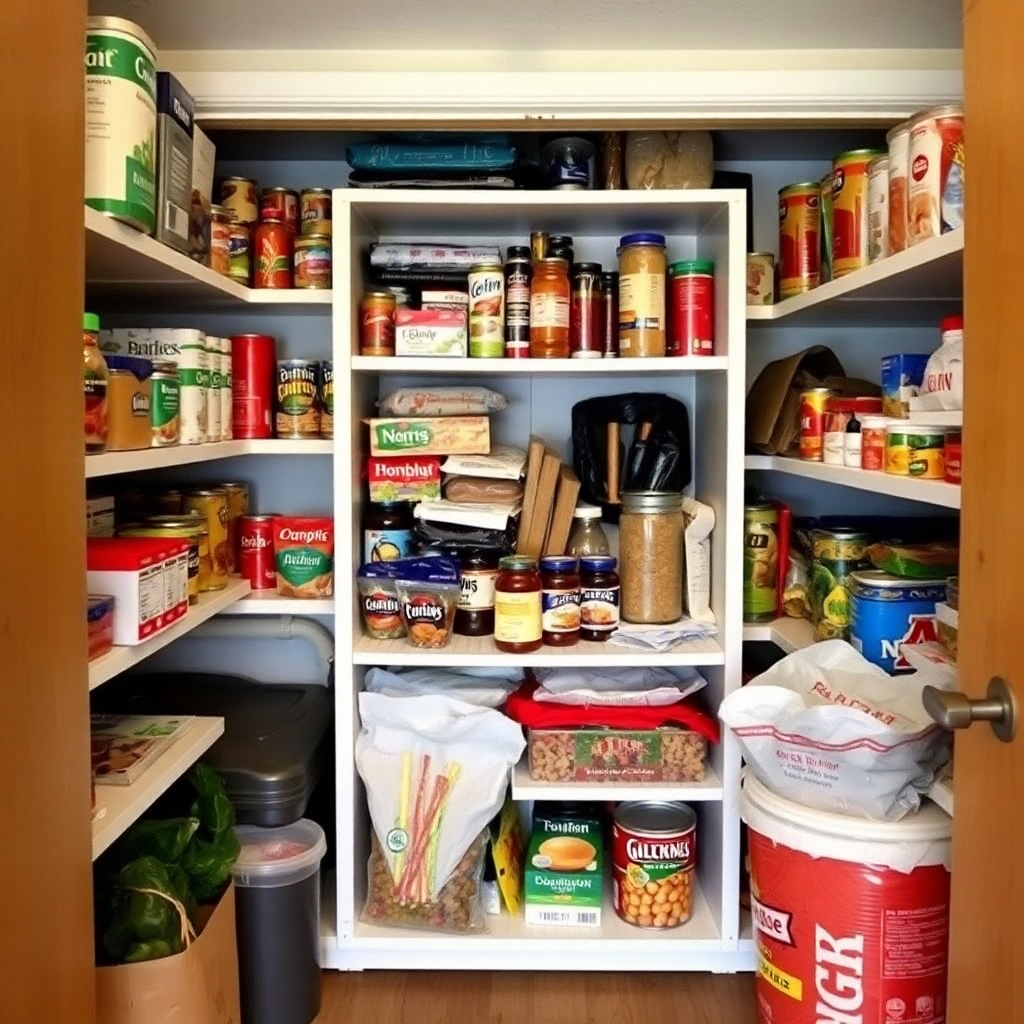A well-stocked pantry is the foundation of preparedness, ensuring you have access to nutritious, shelf-stable foods during emergencies or uncertain times. Whether you’re preparing for natural disasters, economic instability, or simply looking to save money, the Pantry Challenge is a strategic way to assess, restock, and optimize your food supply—all while staying within a budget.
What is the Pantry Challenge?
The Pantry Challenge is a practical exercise that helps you evaluate your current food stock, identify gaps, and restock essential pantry staples efficiently. This challenge not only enhances your self-sufficiency but also builds resilience by encouraging smart shopping and meal planning.
Step 1: Take Inventory of Your Pantry
Before restocking, conduct a thorough inventory of your pantry. Identify missing or low-stock items in key categories:
- Grains & Carbohydrates: Rice, pasta, oats, flour, and quinoa
- Proteins: Canned meats, beans, lentils, and nut butters
- Canned & Jarred Goods: Vegetables, fruits, soups, and sauces
- Oils & Fats: Olive oil, coconut oil, and lard
- Spices & Condiments: Salt, pepper, vinegar, honey, and sugar
Use this inventory to create a shopping list, focusing on foods with a long shelf life that provide balanced nutrition.
Step 2: Set a Budget for Smart Spending
Determine a fixed budget for your pantry restock. The goal isn’t to overspend but to make cost-effective decisions that maximize value. Stick to your budget by:
- Buying in Bulk: Warehouse stores and co-ops often offer significant savings.
- Using Sales & Coupons: Look for store promotions, discount codes, and seasonal sales.
- Choosing Generic Brands: Store-brand products often have the same quality at a lower cost.
Step 3: Shop Strategically for Long-Term Storage
When shopping, prioritize shelf-stable items with high nutritional value. Consider:
- Dehydrated & Freeze-Dried Foods: Ideal for long-term storage with extended shelf life.
- Vacuum-Sealed & Mylar Packaging: Protects food from oxygen and moisture.
- Rotational Stocking: Follow a first-in, first-out (FIFO) system to use older items first and maintain freshness.
Step 4: Get Creative with Meal Planning
A well-stocked pantry is useless if you don’t know how to use it. Incorporate pantry staples into everyday meals to prevent waste and develop familiarity with shelf-stable ingredients.
- Experiment with new recipes using stored grains, beans, and canned goods.
- Reduce food waste by repurposing leftovers and utilizing all ingredients.
- Grow fresh herbs or vegetables to supplement your pantry supply.
Final Thoughts: Build a Resilient and Self-Sufficient Pantry
The Pantry Challenge is more than just a budgeting exercise—it’s a proactive step toward food security, self-sufficiency, and preparedness. By assessing your inventory, shopping strategically, and incorporating stored foods into daily meals, you’ll create a pantry that provides comfort, security, and stability in any situation.
Start your Pantry Challenge today and take control of your household’s food supply with confidence!
We are a participant in the Amazon Associates Program. As an Amazon Associate we earn from qualifying purchases with no additional cost to you. We appreciate your support. Read our complete Affiliate Disclaimer here.



